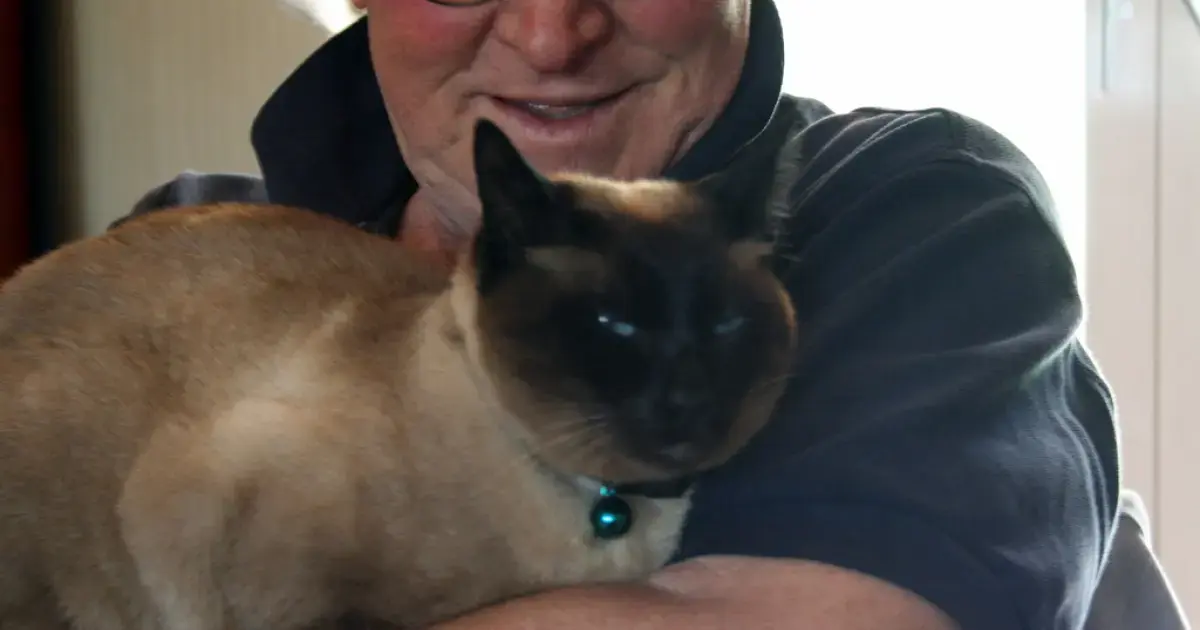 Cats have a reputation for being aloof, mysterious, and difficult to understand. However, scientists argue that these animals are actually excellent communicators, with numerous ways to express their feelings.
Cats have a reputation for being aloof, mysterious, and difficult to understand. However, scientists argue that these animals are actually excellent communicators, with numerous ways to express their feelings.
A team of veterinary researchers from the University of Adelaide (Australia) asked 368 volunteers to take a test on their knowledge of feline emotional behavior. Despite the fact that seven of the tasks were based on common scenarios from everyday cat life, not all participants were able to accurately interpret the body language of these furry companions.
The main issue is that many people struggle to distinguish playful behavior from signs of stress in cats, as reported by Daily Mail.
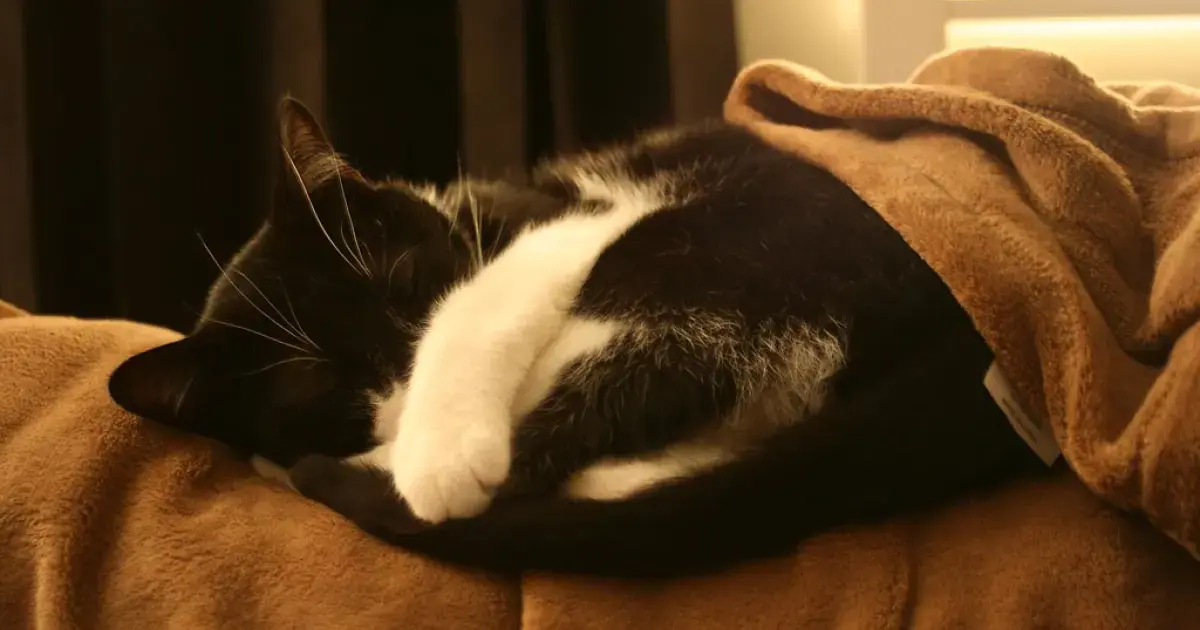
What Did the Researchers Discover?
Participants were shown a series of videos that displayed both positive and negative emotions in cats during interactions with humans. Volunteers were tasked with correctly identifying these emotions.
While it might initially seem that the cats were simply having fun, they were actually doing so in less than half of the cases. Most situations were stressful for the animals. The results indicated that participants found it quite challenging to recognize negative signals that indicated feline discomfort.
When the animals exhibited negative behaviors through sudden tension or avoidance of touch, only 48.7 percent of volunteers interpreted the cats’ moods as negative. Furthermore, when overtly negative signals (such as hissing, biting, or attempts to escape) were displayed, participants mistakenly classified them as positive in 25 percent of cases.
Even when volunteers correctly identified stress signals, they often continued to interact with the animal, causing additional stress (for example, by petting its belly or playing with its paws).
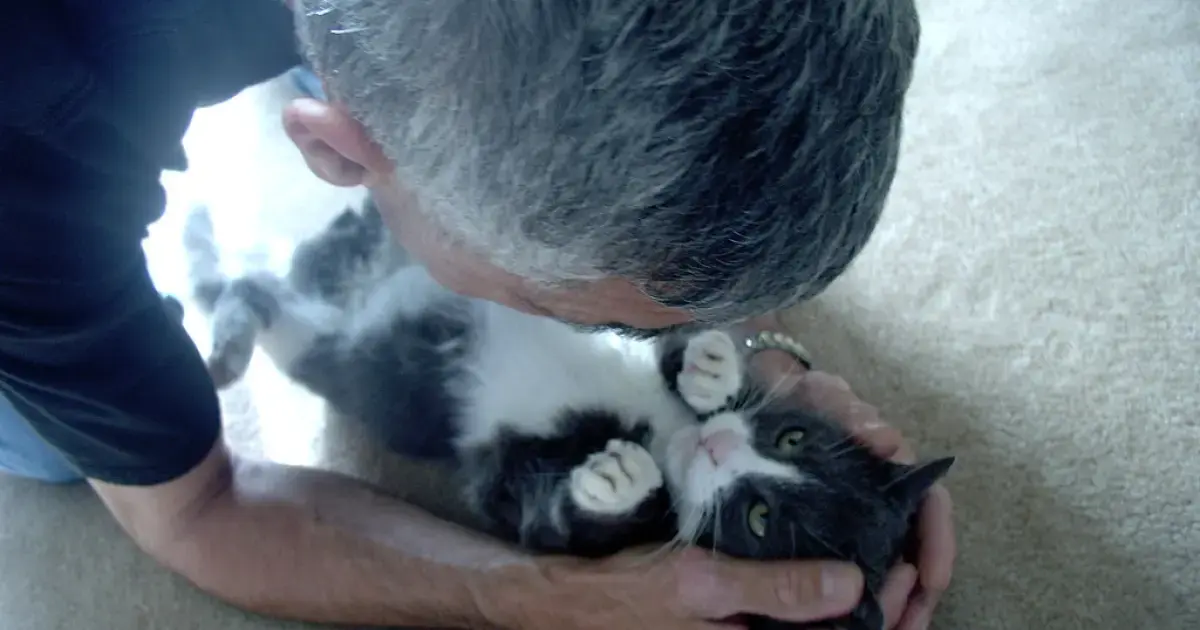
How many correct answers will you give? Take the test: assess the cat’s emotions as positive or negative, and then check your answers below.
- The cat is chasing a toy, keeping its eyes fixed on it. Its ears and tail are held high.
- The cat’s ears are pinned back and spread sideways. Its brow is furrowed, and its whiskers are stiff.
- The cat keeps turning to bite the person’s hand. The person is trying to play with it. The animal is swishing its tail, and its ears are pinned back against its head.
- The cat is in a hunting position. It is intently watching the person standing opposite. Its pupils are dilated, and its ears are raised and pointed forward.
- The cat has climbed onto its owner’s stomach and is nudging its head under the owner’s arm to be petted. The animal’s tail is held upright and slightly curved.
- The cat allows chin scratches, but its chin is pressed against its neck, and its face is turned away.
- The cat is lying on its back with its belly exposed. If touched from the side, it rolls over, swatting with its paws.
Answers
1. Positive emotions
The animal shows interest in play and is not nervous at all.
2. Negative
Although the cat is reacting to the toy, it shows signs of stress and is clearly not enjoying itself.
3. Negative
Even if the cat turns to you and seems to playfully bite, it is feeling stressed. It may perceive your hand not as a toy but as a threat.
4. Positive
Dilated pupils usually indicate that the cat is focused and excited. In this video, the animal appears playful and is not stressed.
5. Positive
Cats typically let you know when they want your touch and actively initiate contact. This animal is rubbing its cheeks and head against the person, and its raised tail indicates friendliness.
6. Negative
Cats can tolerate unwanted touches for a while, as seen in this video. The animal is not enjoying the chin scratches, hence it presses its chin against its neck and turns its head away.
7. Negative
When a cat is lying on its back, it can easily be mistaken for play. However, if it rolls away from you or swats at your hand, it indicates that it is stressed.
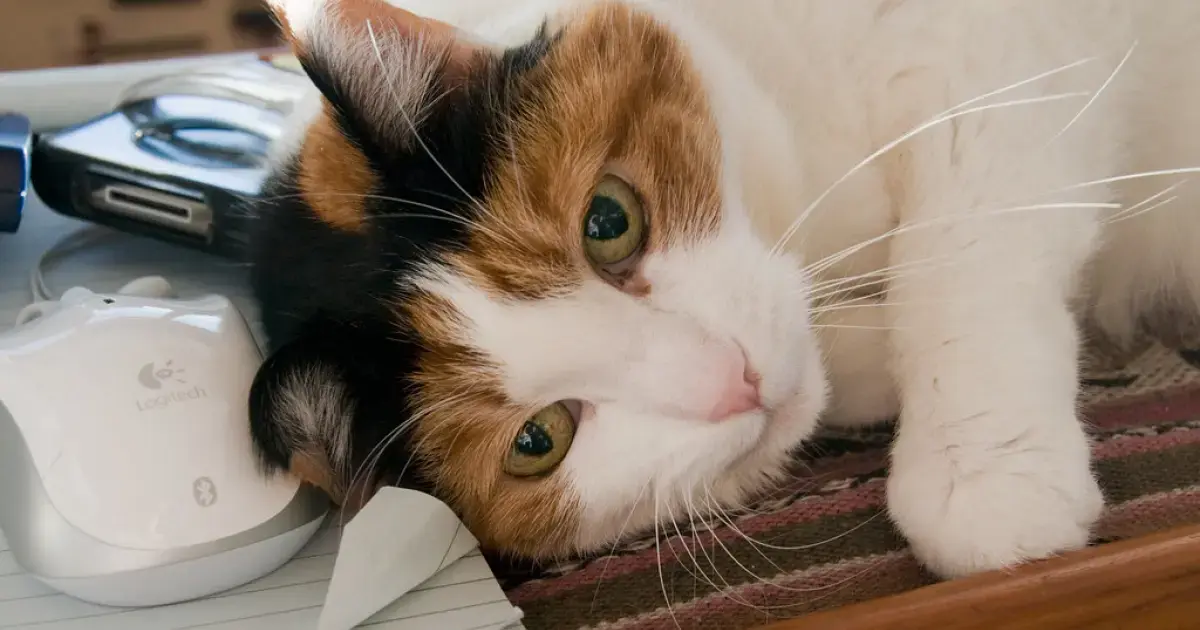
How to Play Safely with Cats
The researchers’ recommendations were shared by Live Science. They advise paying attention to the earliest signs of feline displeasure and stopping contact promptly. When signs become apparent, the cat is already feeling stressed.
Among the first signals are turning away, flinching, blocking attempts to touch, tense body posture, ears pulled back or sideways, licking lips/nose, and nervous tail movements.
Touching
Avoid touching sensitive areas of a cat, such as the belly, paws, or base of the tail. Cats generally prefer head and neck pets.
Do not train the animal to see your hands as toys, as this increases the risk of accidental injury. Instead, use actual toys.
Tail
Tail movements do not always indicate a negative mood; they simply mean the cat is emotionally stimulated. However, this state can transition into stress. Sometimes, the animal uses its tail for balance. Therefore, it’s best to consider this body part in conjunction with other signals.
If during play the tail movements speed up or it starts swishing due to your touch, it’s likely time to back off.
Ears
Cat ears are like antennas that adapt to sound. They also give us insight into the animal’s feelings. If the ears move for a moment and then relax again, it means the cat is listening to its surroundings. When the ears are pinned back and turned sideways, it is a sign of stress.
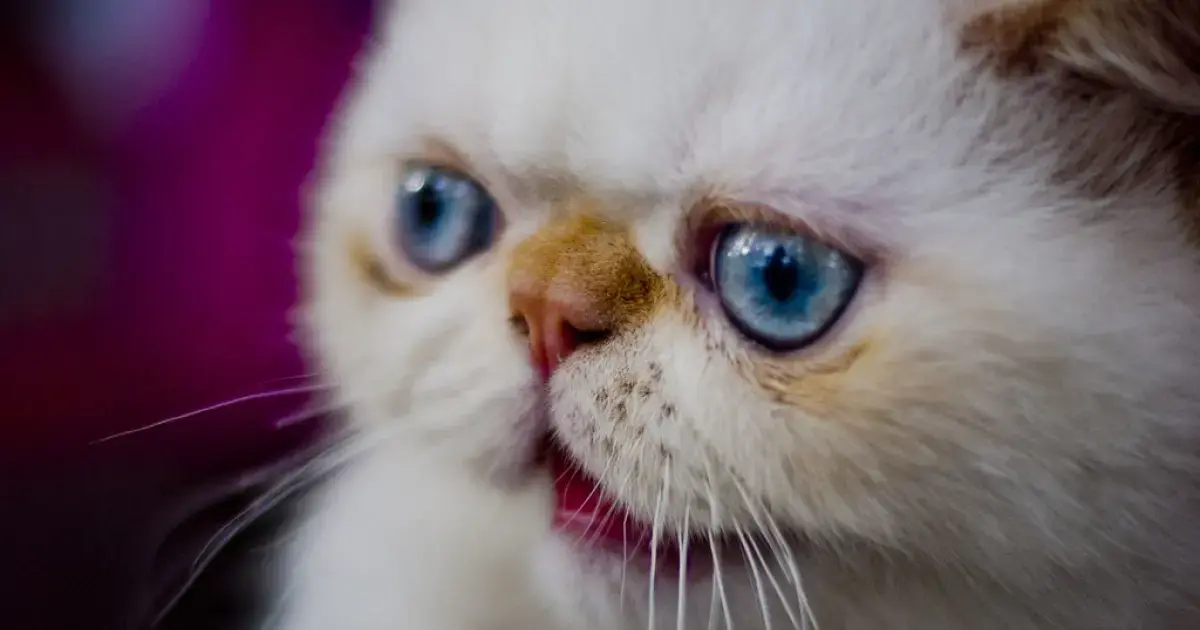
Vocalizations
Chirps and trills indicate a playful cat, while hissing, growling, and yowling signal stress. Purring may seem positive, but it can sometimes indicate anxiety.
If you notice signs of unease in a cat, give it plenty of space. In a state of stress, these animals avoid touch and contact. If the cat returns to you and resumes interaction, it is likely feeling comfortable again.
Photo: Openverse
